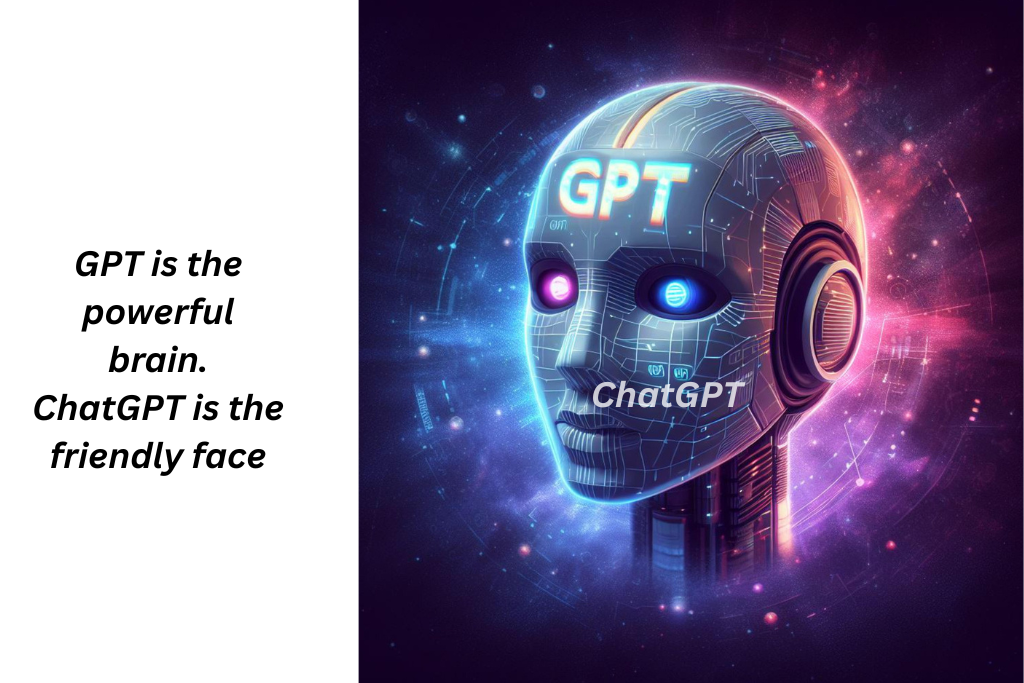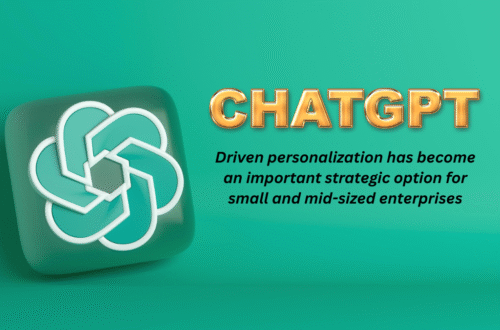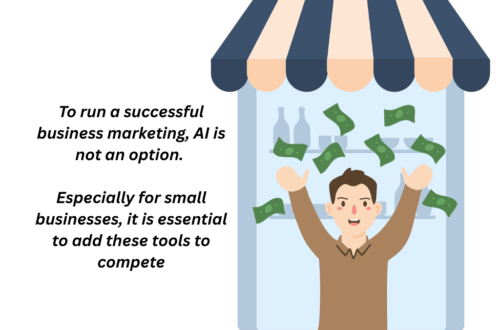
GPT vs ChatGPT: Which Is Better for Personalizing Your Customer Experience?
Artificial Intelligence has changed the way businesses trade with customers. Customer experience (CX) is no longer about generating automatic reactions. AI is now capable of facilitating meaningful and human-like interactions that customers can understand. Companies that are successful in the expectation of individual customers win a high lifetime value.
Two of the most powerful tools driving this shift are GPT and ChatGPT. Both are language-based models, but they serve different purposes. GPT offers a highly flexible foundation for businesses. They can integrate this tool deeply into their systems. On the other hand, ChatGPT offers a tailored approach for human-like communication.
In this article, we will explore various factors related to personalization in the context of GPT vs. ChatGPT. By understanding their unique strength and limits, you will be able to decide which approach aligns with your customer experience strategy.
Understanding the Basics of GPT vs Chat
The Generative Pre-Directed Transformer (GPT) is a type of AI model. It is designed to understand and generate human-like text. It is trained on large-scale data. This enables it to create reactions, analyze materials, and even write code. This tool is highly flexible and not limited to a task or platform. Instead, the GPT may integrate into the current system of the company through a programming interface (API). This means that businesses can build a custom tool at the top of the GPT. They can provide everything from data analysis to product recommendations. This makes their workflow comfortable and convenient.
Industries Using GPT the Most
| Industry | Key GPT Use Cases |
| Healthcare | Diagnostics, patient communication, and drug discovery |
| Education | AI tutors, personalized content, quizzes |
| Customer Service | Chatbots, virtual assistants |
| Marketing & Advertising | Content generation, sentiment analysis, and ad optimization |
| Tech / Software Dev | Code generation, debugging, and documentation |
| Retail / E-commerce | Recommendations, personalized marketing, and chat services |
| Transportation / Logistics | Ride scheduling, routing, and customer support |
| Manufacturing | Supply chain, documentation, internal recommendations |
| Energy | Customer support, account services, energy solutions |
| Finance / Banking | Support, fraud detection, robo-advisory, compliance |
ChatGPT is a version of GPT. It has been fine-tuned specifically for conversation. ChatGPT is a ready-to-use tool. Since it is optimized for natural and human-like dialogue, it is particularly effective in customer-facing roles. It includes a chat interface and can handle
- Multiple threads
- Plugings
- APIs
Industries Using ChatGPT the Most
| Industry | Percentage of Workers Using ChatGPT |
| Advertising | 39% |
| Legal | 38% |
| Arts & Media | 33% |
| Information & Communication Technology | 30% |
| Construction | 30% |
| Real Estate & Property | 29% |
| Manufacturing | 29% |
| Call Centre & Customer Service | 29% |
| Healthcare & Medical | 28% |
| Government and Defense | 28% |
Key Differences Between GPT and ChatGPT
Although both are built on the same technology, their design and usage are different. Understanding the key difference between the GPT and ChatGPT will help you choose the right solution for your customers.
Architecture
GPT is the raw foundation. It is a general-purpose model capable of many tasks. However, it does not tailor to any single use case. ChatGPT, on the other hand, is the same technology, but it excels at conversation. It has built-in structures that make dialogues smoother and more natural.
Deployment
Using GOT means integrating it through an API into your existing platforms. This integration often needs development work to connect it to data, CRM tools, or workflows. While ChatGPT is a fully packaged product. It is ready to deploy with minimal setup, often through a web or app interface.
Ease of Use
GPT gives you flexibility but demands technical expertise to configure and maintain. ChatGPT is designed for immediate use. That’s why it is ideal for teams that do not have deep technical resources.
Cost & Scalability
GPT implementation can be used on a large scale. The cost varies depending on how much customization, hosting, and data processing are involved. ChatGPT operates on a predictable and subscription-based tier. That’s why it offers simple budgeting but leads to granular control.
How Each Handles Personalization in CX
Personalization is where we can explore the unique strengths of GPT and ChatGPT. Although both can improve customer experience but they approach the challenge from different angles.
GPT for Personalization
GPT serves the deep business needs. It controls how personalization works for that business. GPT acts as a brain behind a fully custom customer experience strategy. This is because it can be directly integrated into
- CRM systems
- Analytic tools
- Recommendation engines
GPT seamlessly integrates into existing platforms. It takes full control over tone of voice, training data, and the way personalization rules will be applied. It helps businesses in generating dynamic product suggestions based on detailed purchase history and browsing behavior.
ChatGPT for Personalization
ChatGPT focuses on front-line interactions. These are the moments when customers need answers or guidance. It is optimized for conversations with makes it ideal for businesses that want personalized interactions. The plugin ecosystem and retrieval augmented tools make it easier for ChatGPT to pull in relevant data during a conversation. It offers a natural conversational flow that feels human-like and friendly. Its faster deployment with plugins and tools allows context-aware personalization without building everything from scratch.
Pros and Cons of GPT vs ChatGPT
| Feature | GPT | ChatGPT |
| Customization | High (requires dev) | Medium (less coding) |
| Conversational Quality | Varies (depends on tuning) | Excellent |
| Data Control | Full | Full |
| Cost Flexibility | Scales with usage | Subscription tiers |
| Time to Implement | Longer | Shorter |
Which Should You Choose?
Deciding between GPT and ChatGPT depends on many factors. This includes your company’s
- Priorities
- Resources
- Long-term customer experience strategy
If you need control, then go for GPT. It gives you the ability to customize every layer. It also deeply integrates with your CRM. GPT designs the tone and responses that match your brand and build unique personalization engines. This path, however, typically requires more time, technical expertise, and investment up front.
If you want a faster deployment and dialogue optimization for improved user experience, then ChatGPT is ideal. It is ready to use and optimizes natural conversation. It also easily integrates with minimal development. It’s especially useful for businesses that want to upgrade their customer support or sales interactions without committing to a full-scale AI build.
Some businesses go for a hybrid approach. It offers using GPT as an underlying engine for a customer data approach and Chat-GPT to create a conversational interface.
Conclusion
Before you choose between GPT and ChatGPT, consider your technical team’s skills and your CX goals. Also, don’t forget about your data privacy requirements and budget limitations. The best solution is the one that not only fits today’s needs but also improves with your future vision.





